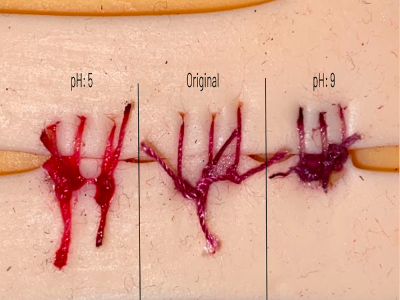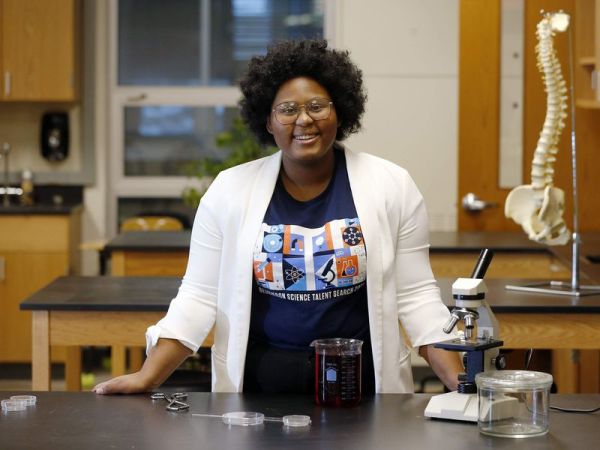If you’ve ever had surgery, you know firsthand how important it is to keep the wound from getting infected. There are special conductive sutures that sense changes in wound status via electrical signal and relay the information to a computer or smart phone. As awesome as those sound, they’re a first-world solution that is far too pricey for places that need it most — developing countries. And surgical wounds in developing countries are about four times more likely to get infected than those in the US.
 Iowa high-school student [Dasia Taylor] found a much simpler solution that could drive down the infection rate. She used beets to develop color-changing sutures that turn from bright red to purple within five minutes if an infection is present.
Iowa high-school student [Dasia Taylor] found a much simpler solution that could drive down the infection rate. She used beets to develop color-changing sutures that turn from bright red to purple within five minutes if an infection is present.
Beets, and other fruits and vegetables like blackberries, plums, and blueberries are natural indicators of pH. They have a compound called anthocyanin that gives them both their pigment and this cool property. Beets are perfect because they change color at a pH of nine — the same pH level of infected human skin, which is normally around five.
[Dasia] experimented with several types of suture thread to see which ones would absorb the beet juice in the first place. She settled on a cotton-polyester blend that is braided. While it probably helps absorb the beet juice, it would also give bacteria several places to hide. Another problem is that many surgeries involve cutting muscle, too, and by the time a deeper infection would show up on the sutures, it would be pretty late in the game. But if these color-changing sutures can be made to be cost-effective, safe for skin, and of course, keep wounds together, this solution is way better than nothing at all and definitely worth producing. You can see [Dasia] talk about her project in the video below.
Want to know more about natural pH indicators? Sure you do.










